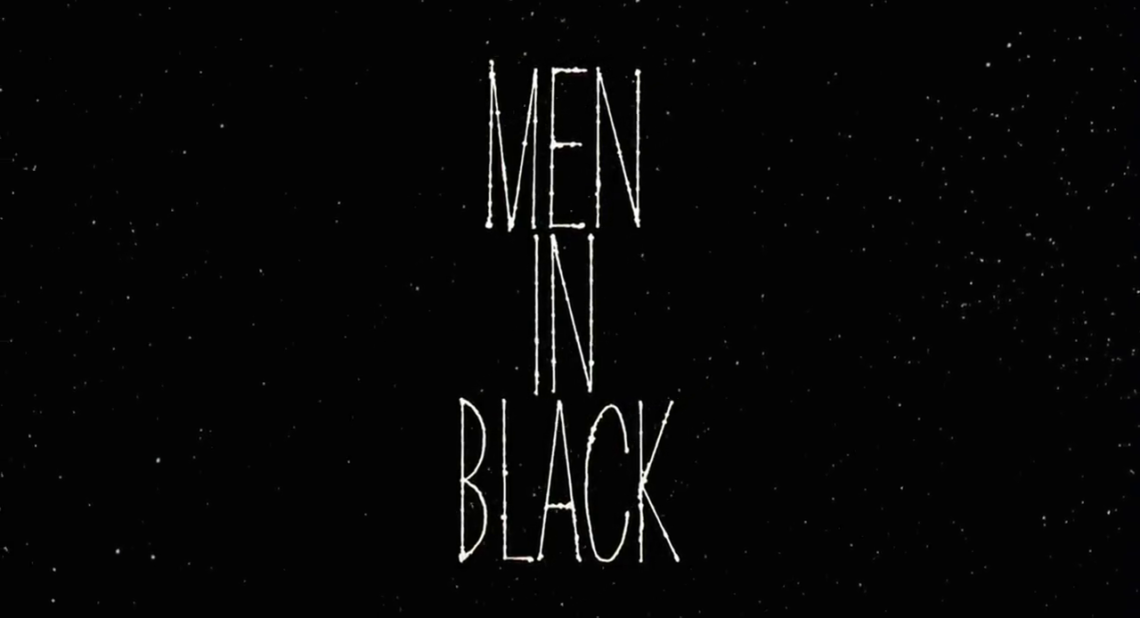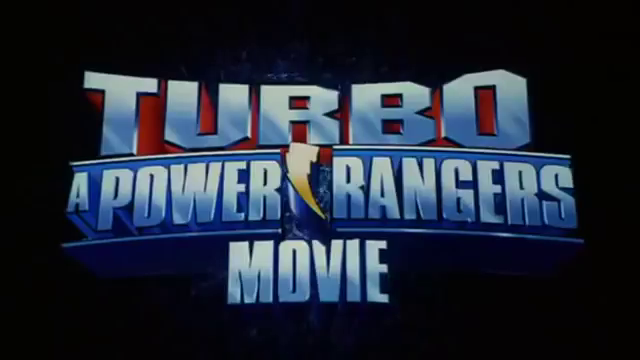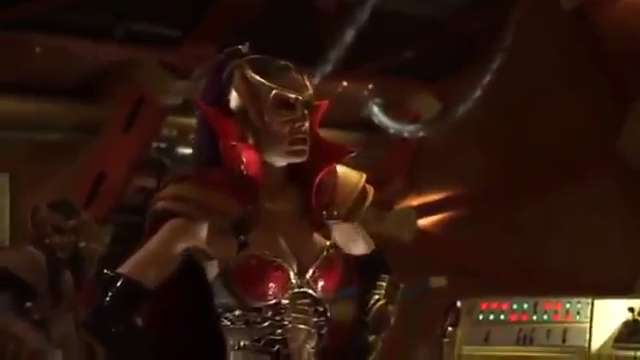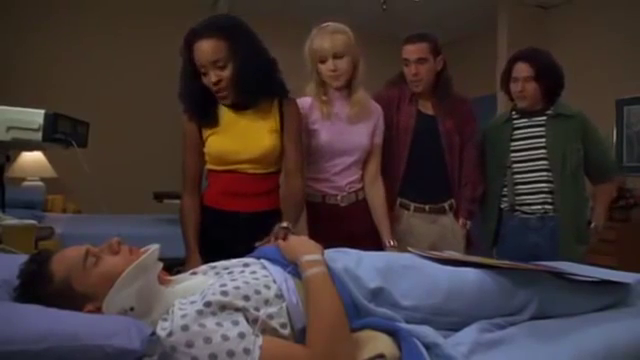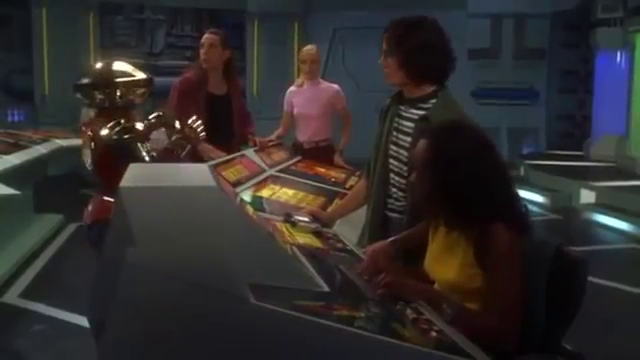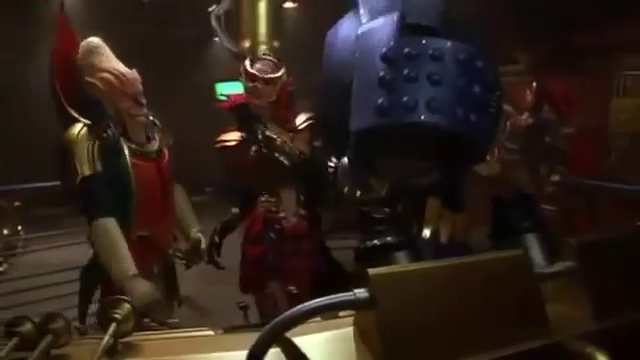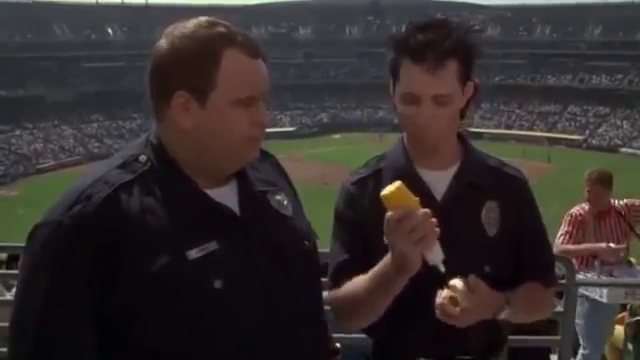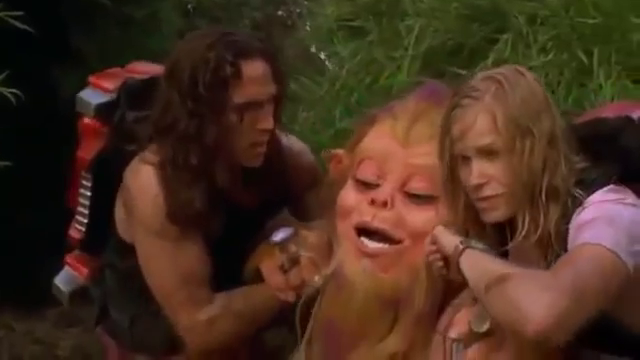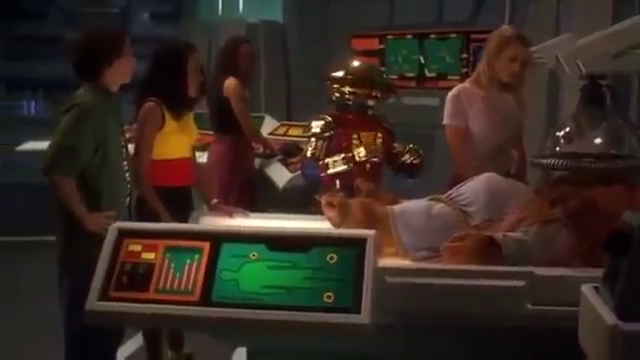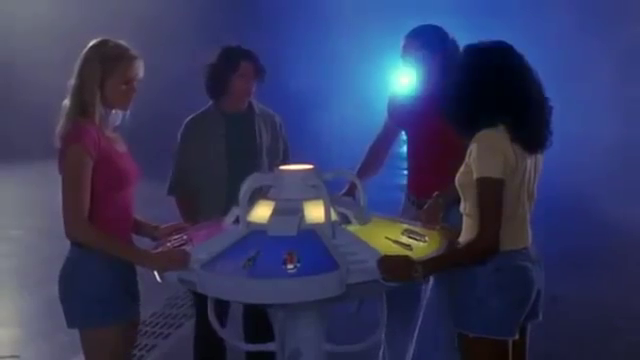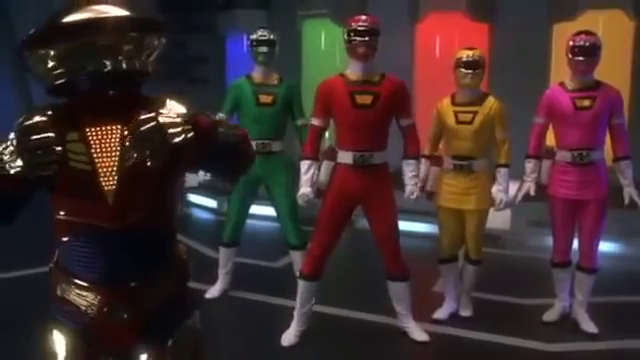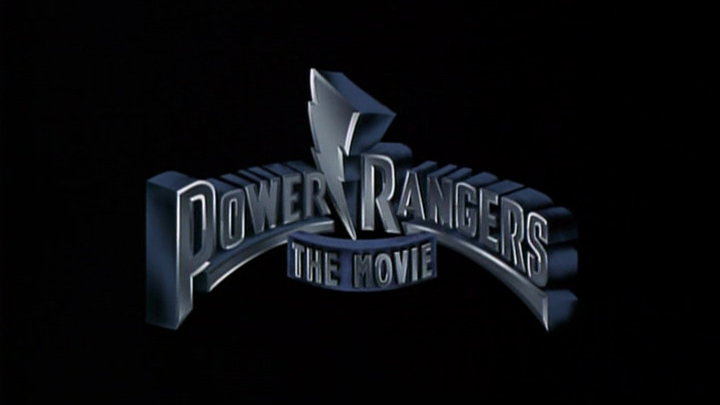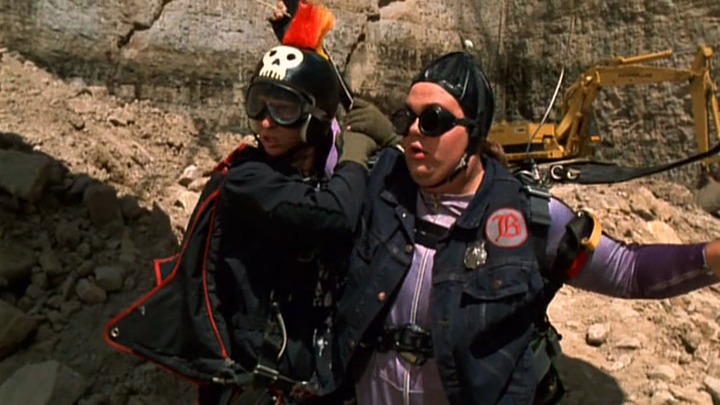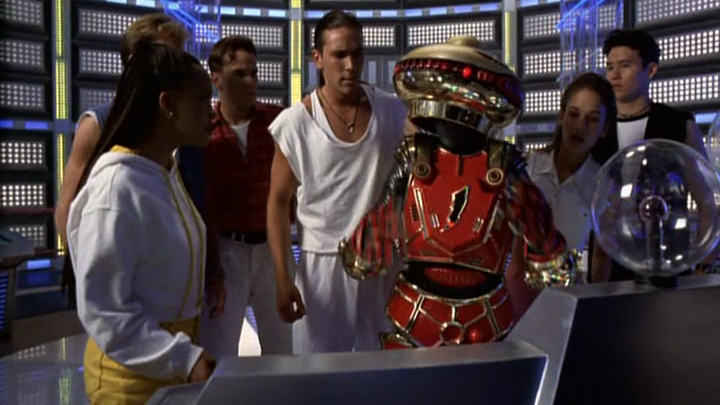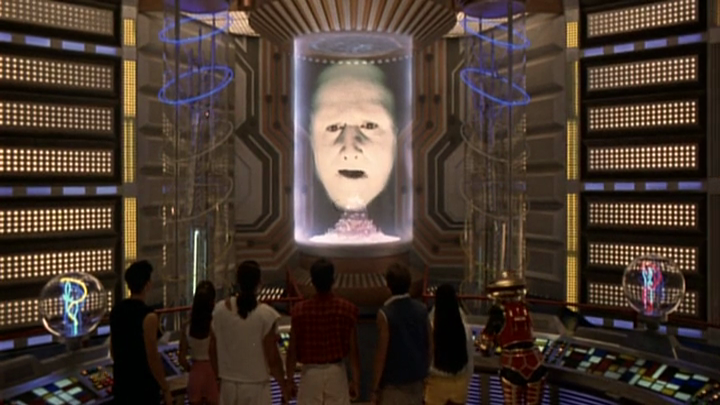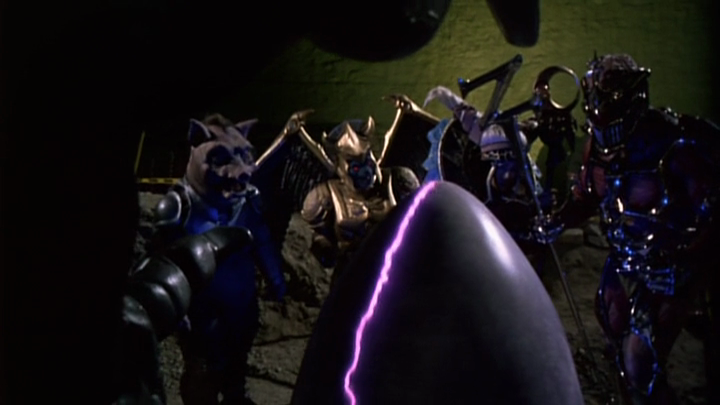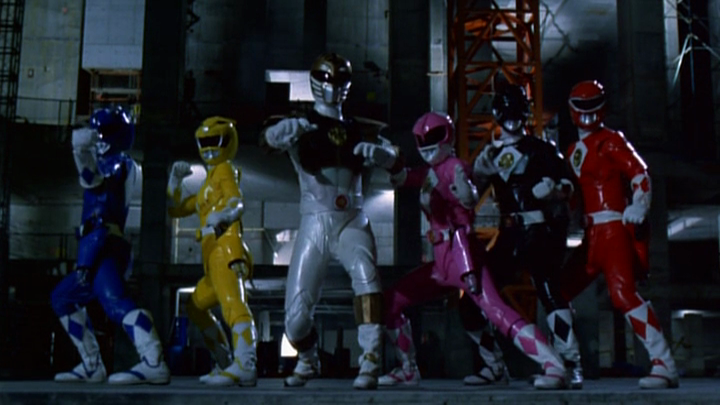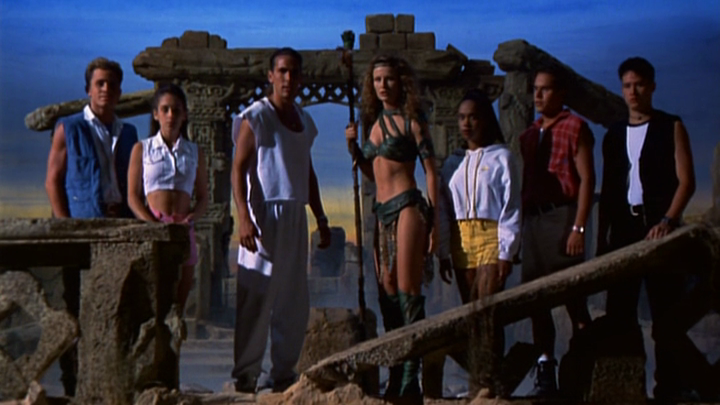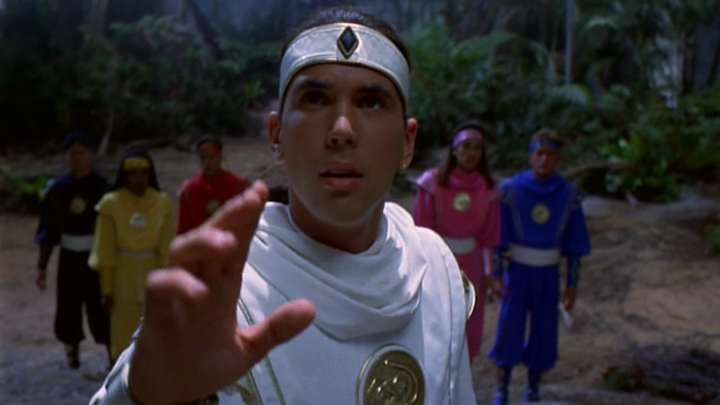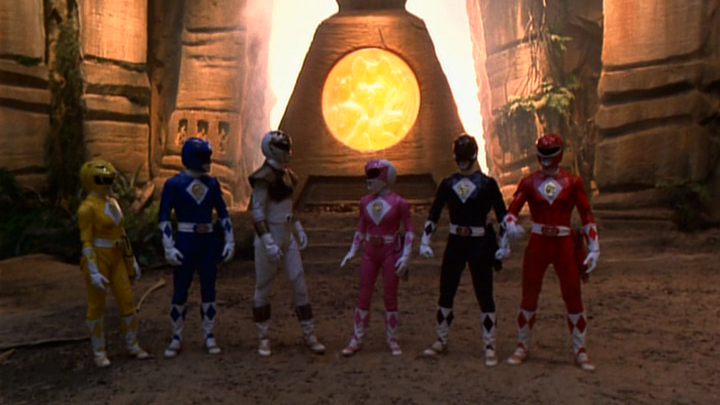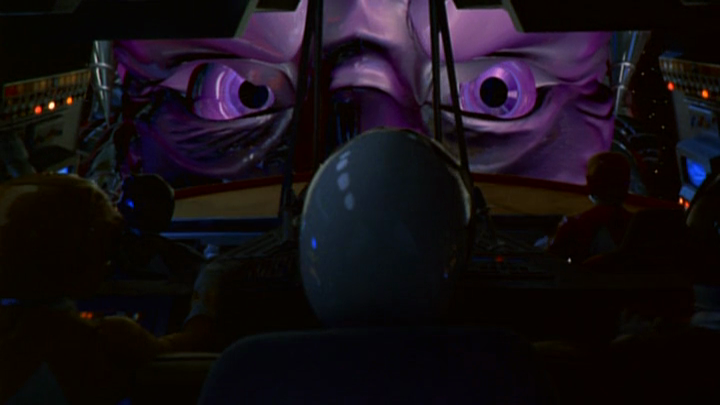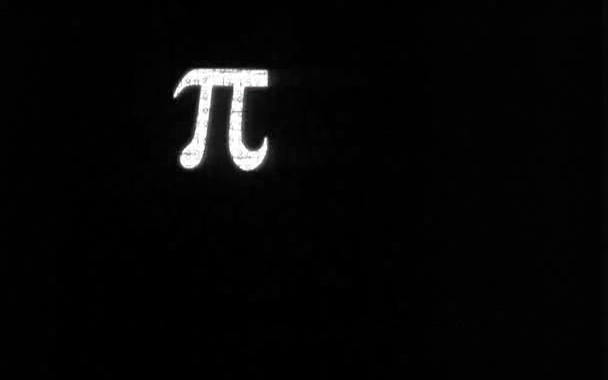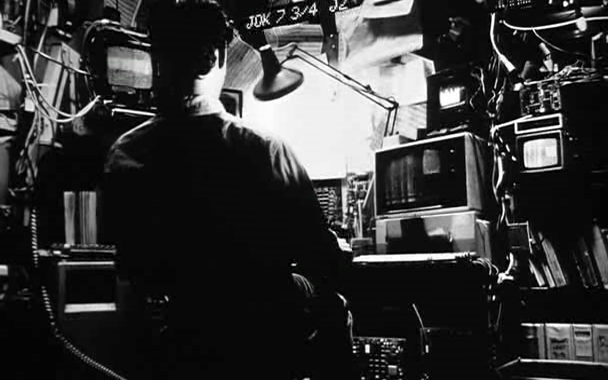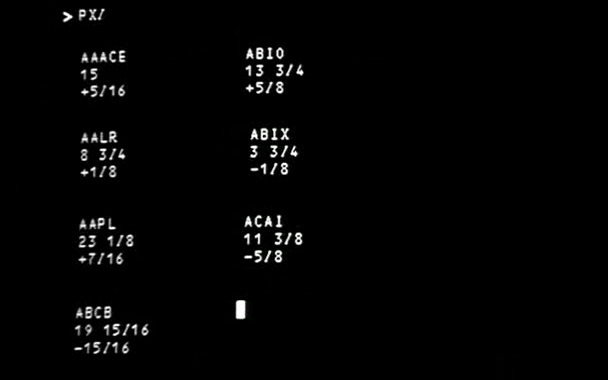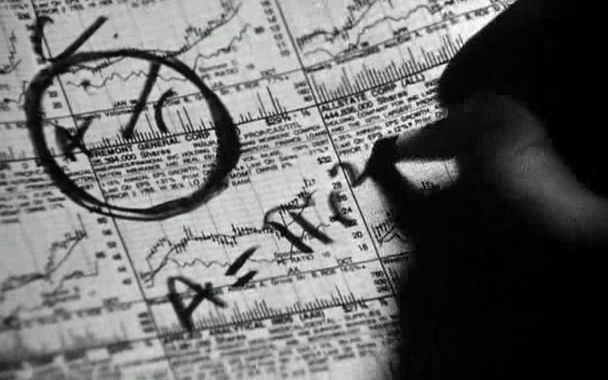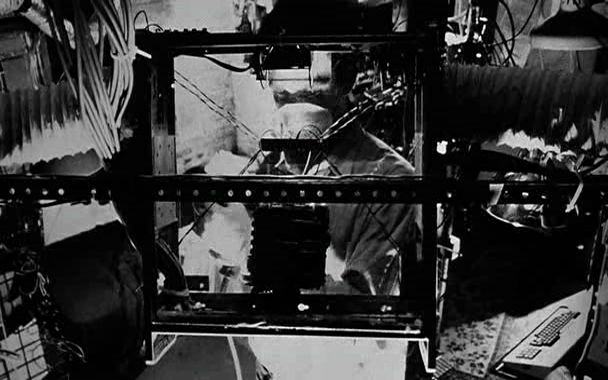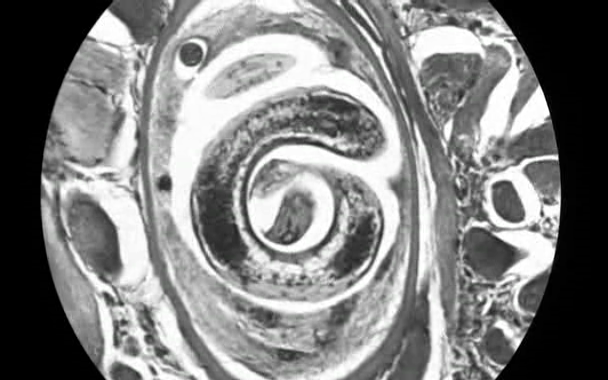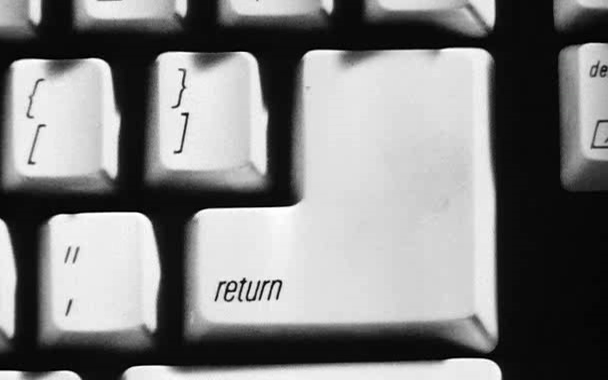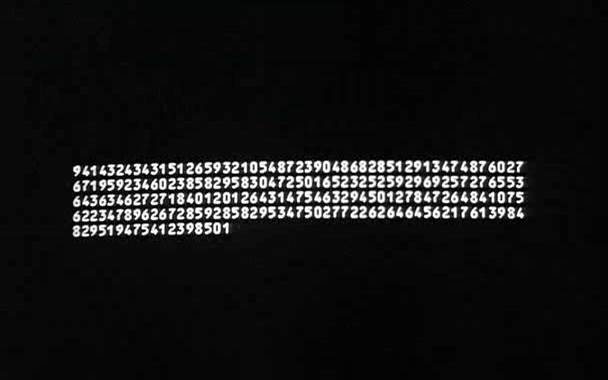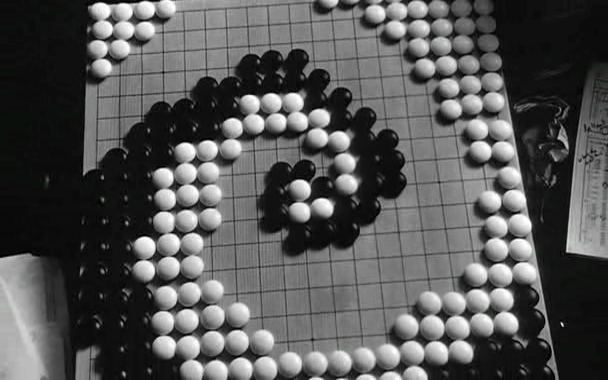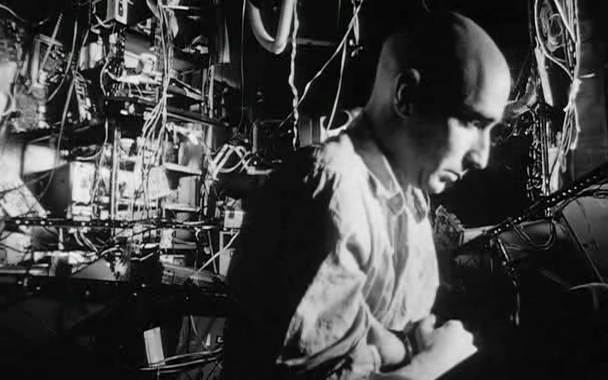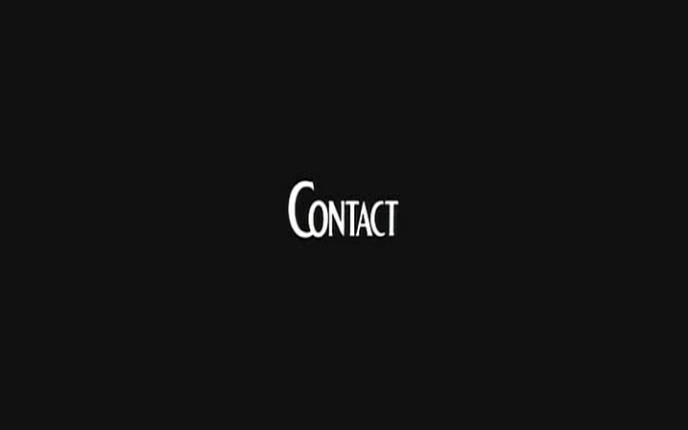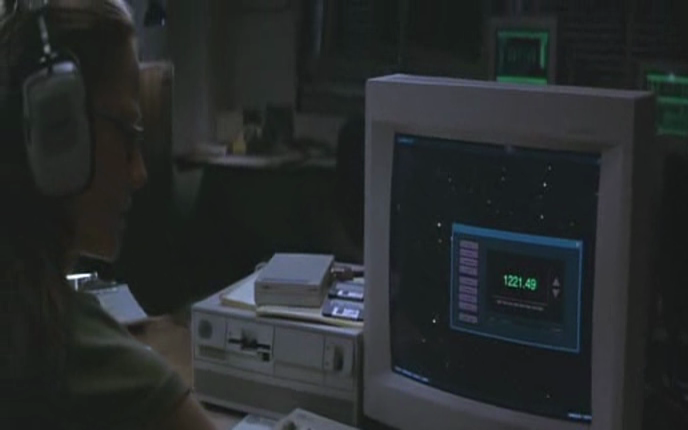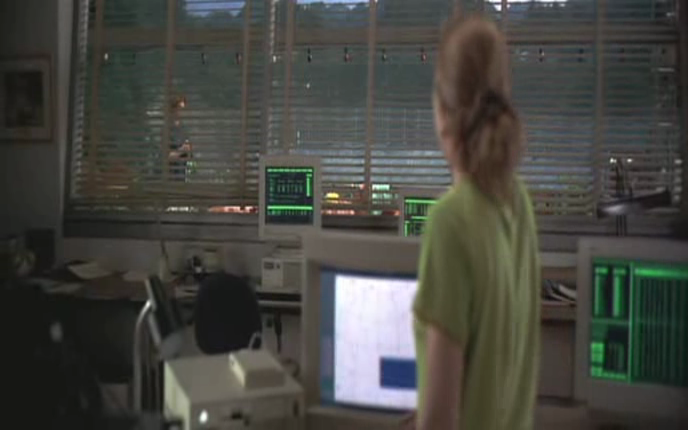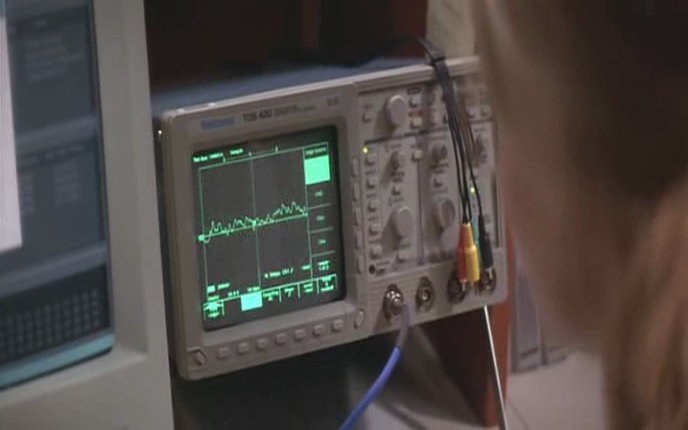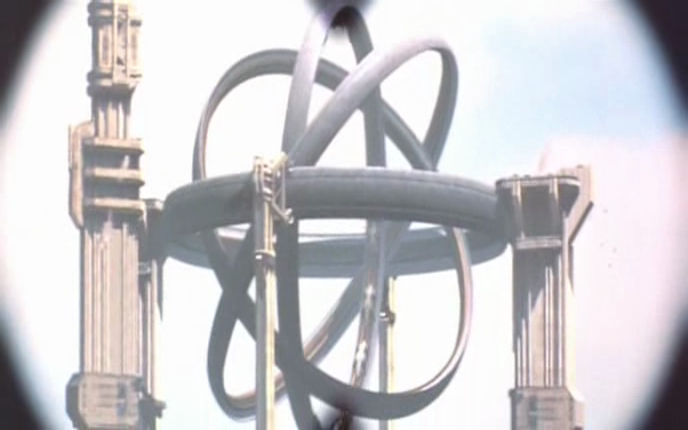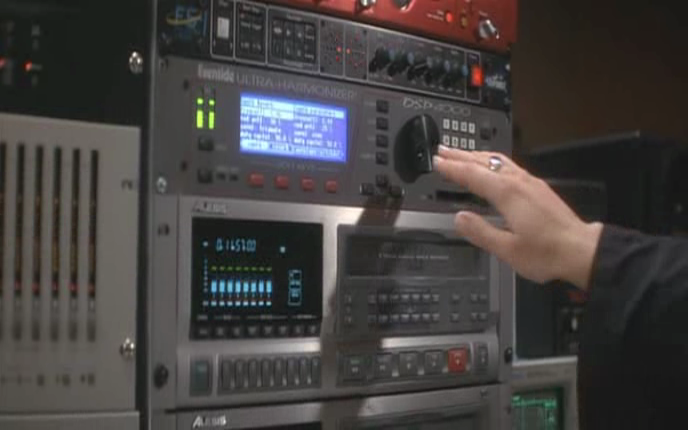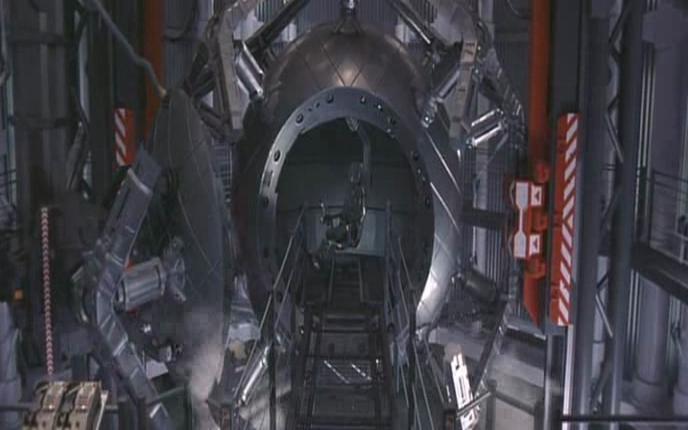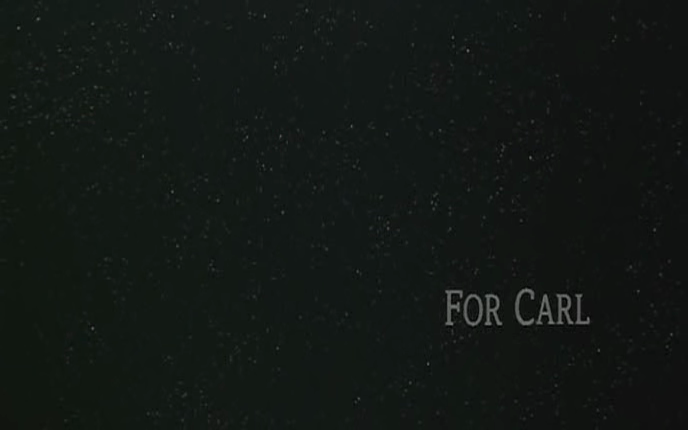-
#533 – Men in Black (1997)
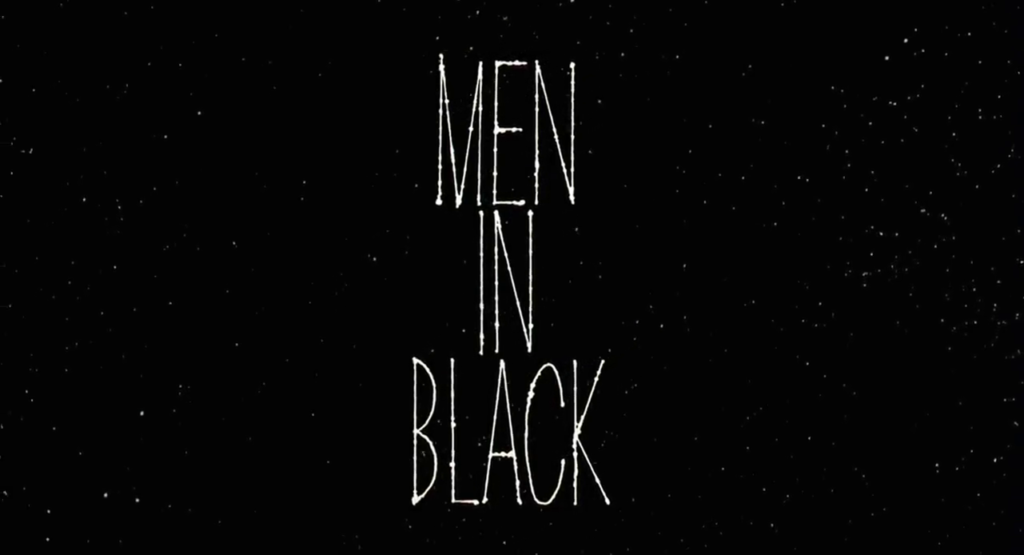
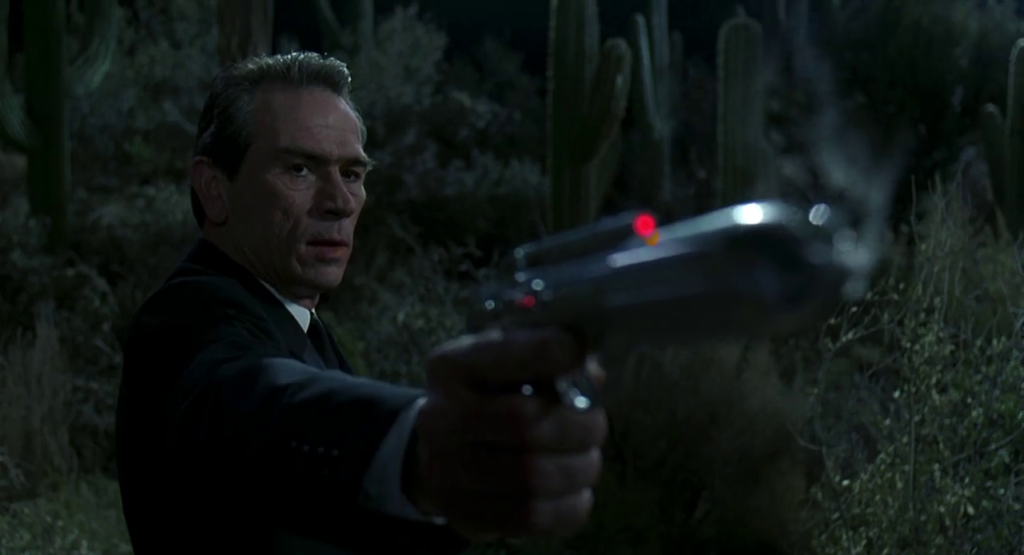
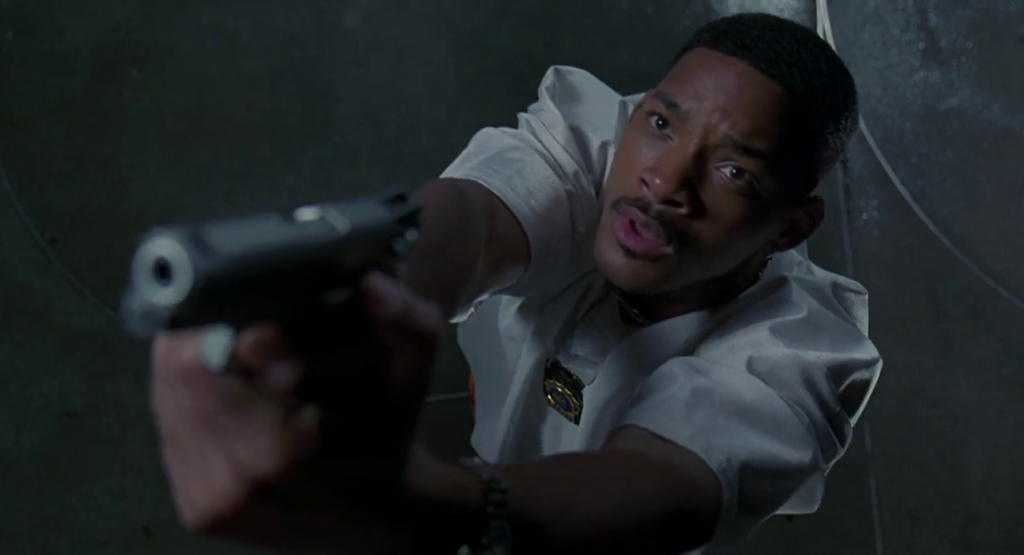
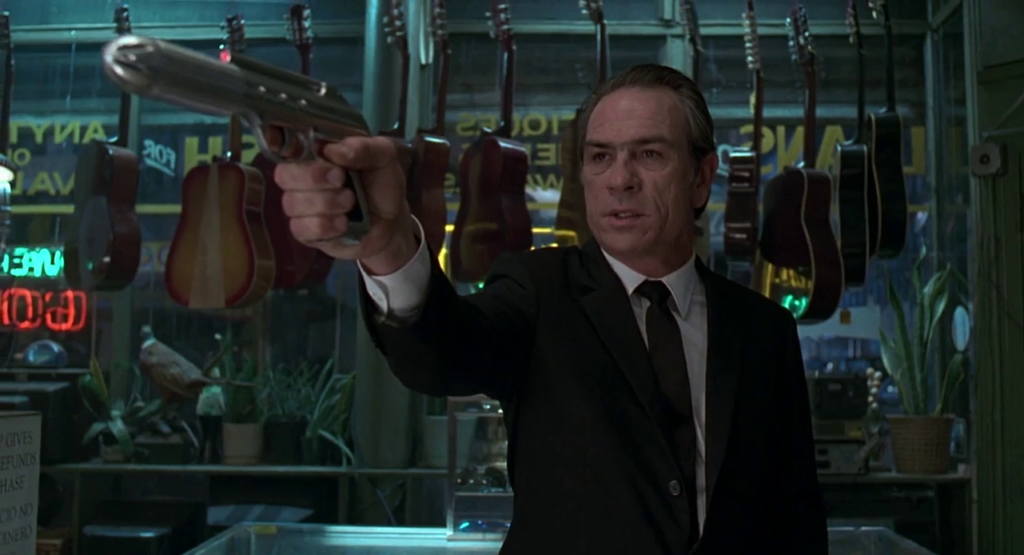
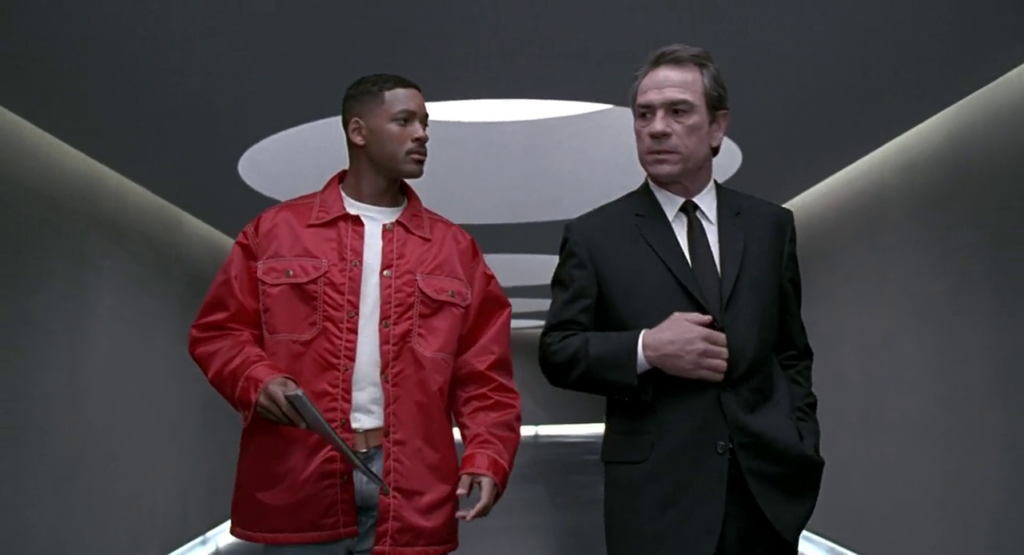
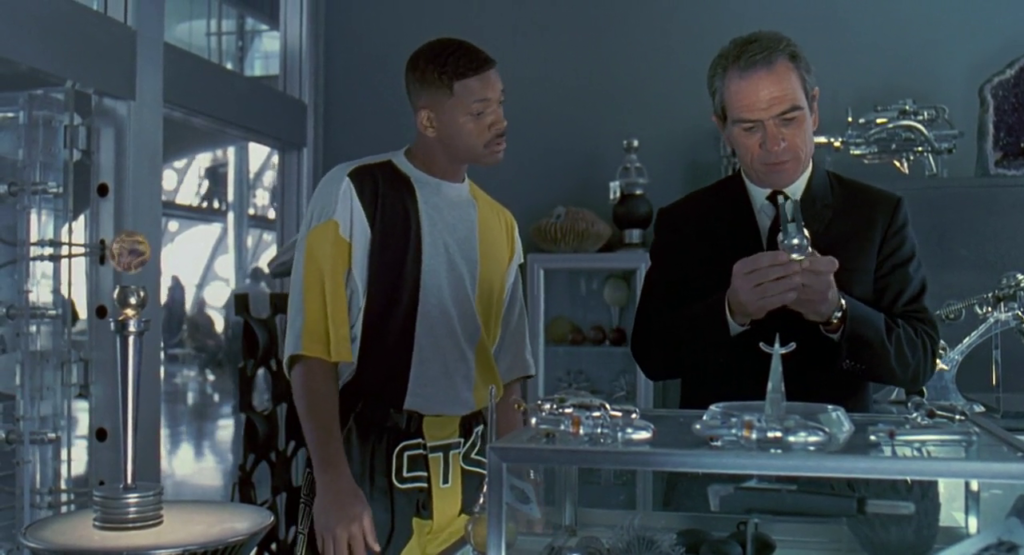
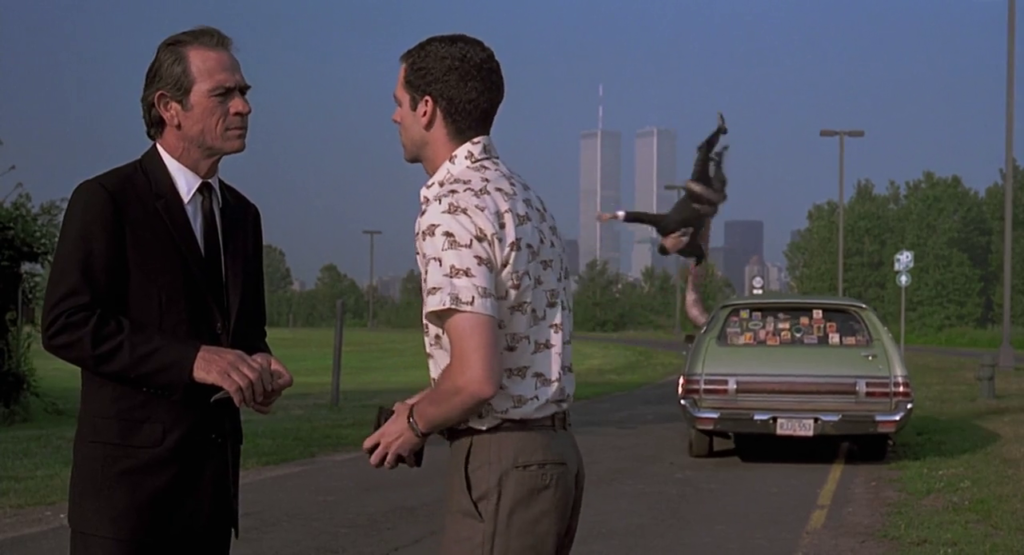
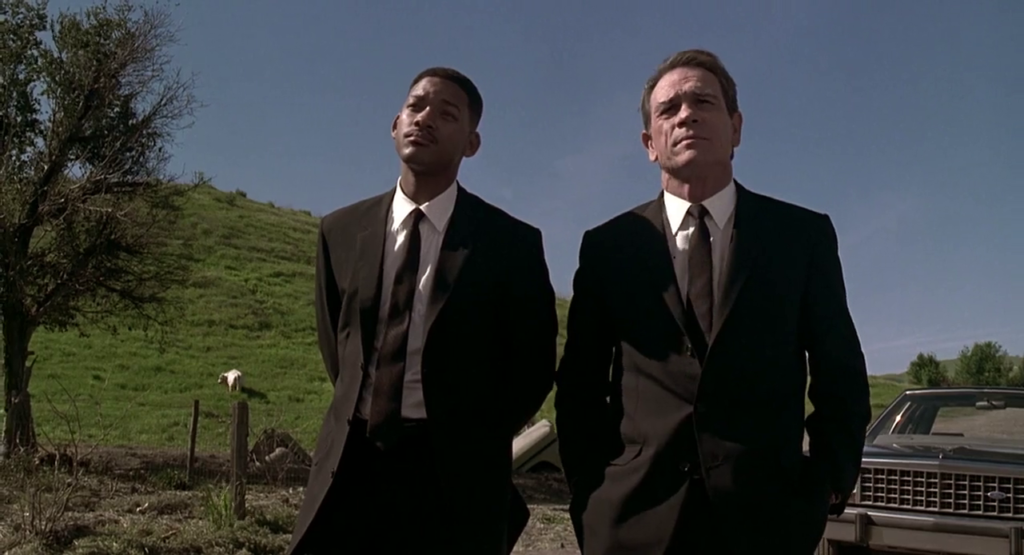
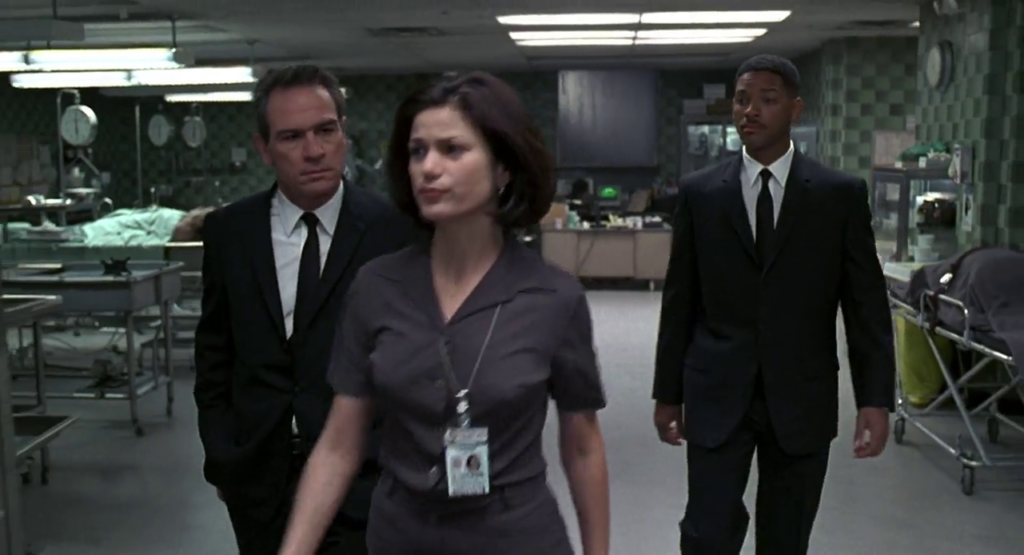
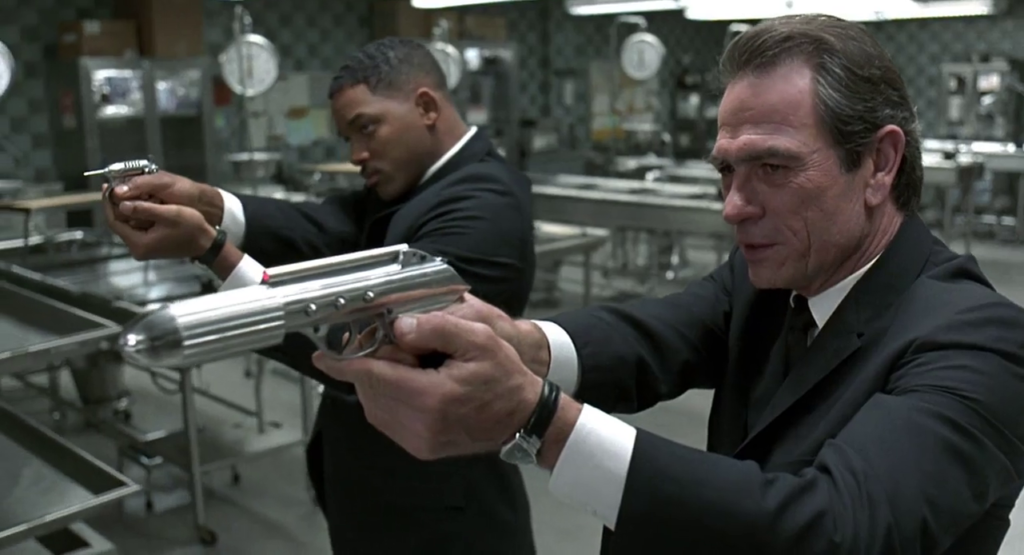
Men in Black (1997)
Film review #533
Director: Barry Sonnenfeld
SYNOPSIS: N.Y.P.D. detective James Edwards chases down a criminal that turns out to be an alien, but no one believes him, until a mysterious man dressed in black turns up, and ultimately wipes his memory. He does however, give him the chance to prove himself, and James becomes Agent J, the newest member of the Men in Black, a secret organisation that monitors and regulates alien activity on Earth. Meanwhile, an intergalactic threat that endangers the Earth emerges, and agents J and K must stop the alien menace and prevent the planet’s destruction.
THOUGHTS/ANALYSIS: Men in Black is a 1997 sci-fi film loosely based on the comic series of the same name. The film centres around a secret organisation (unsurprisingly) called the Men in Black: who monitor and regulate alien activity on Earth, while keeping their existence hidden from the public. NYPD detective James Edwards chases down a suspect which turns out to be an alien in disguise, but no one believes him. That is, until a man dressed in a black suit arrives and confirms his suspicion that aliens are real. The man wipes James’ memory, but gives him the opportunity to join the Men in Black. The best part of the film is definitely between agents J and K, as Will Smith and Tommy Lee Jones fit in to their roles perfectly, and their chemistry is very entertaining. It’s perhaps a bit cliché with J being the streetwise, wisecracking cop, and K being the dry-humoured, grizzled veteran, but they definitely make the roles their own, and together they just work so well. The supporting cast also fit their roles well, and have very specific roles to play. The other plotline other than Agent K training J is one that involves a bug-like alien attempting to find a miniature galaxy that doubles as an energy source, and a diplomatic incident that threatens to end in the earth’s destruction. It’s not as interesting a plot point than J and K’s development, and when the film moves towards the climax, the film does lose focus a bit. Nevertheless, it’s still an entertaining ride, and a comfortable runtime so that it doesn’t overstay it’s welcome.
The film makes considerable effort to create it’s world, and the sets, designs and effects all help build it up into something imaginative and fun. The Men in Black headquarters, and their weapons and gadgets are slick, the alien designs are varied and obviously have had a lot of effort put into them, and although the CG has obviously aged a bit since 1997, it still looks decent and doesn’t disrupt the enjoyment of the film. Add to this the recognisable soundtrack by Danny Elfman, and you have a very competent production all round. Apart from the film losing momentum near the end, Men in Black is a fun, entertaining film that gets the best out of it’s cast and those behind the scenes. It was also successful enough to launch a franchise, including sequels, an animated series, and video games. The film opens up plenty of possibilities to be explored, but never gets too heavy with the lore and exposition, and focuses on being an entertaining film that, while leans a lot on the buddy-cop trope and the rookie partnered with a veteran, it has enough of a twist on it, and amplified by the lead’s chemistry, it feels fresh enough. It still holds up as a good film with enough humour and action to make it worth a watch if you’ve never seen it before.
-
#346 – Turbo: A Power Rangers Movie (1997)
Turbo: A Power Rangers Movie (1997)
Film review #346
Directors: David Winning, Shuki Levy
SYNOPSIS: The evil space pirate Divatox is planning to capture the wizard Lerigot in order to use his golden key to release and marry Maligore, whose powers she believes will make her unstoppable. Lerigot escapes to earth to enlist the help of Zordon, but ends up in Africa. Zordon sends Tommy and Kat to find Lerigot before Divatox, but she has kidnapped Lerigot’s family, and he surrenders to her. Zordon gives the power rangers new powers in order to follow Divatox through the nemesis triangle to the island where Maligore is sealed, and to stop her before it is too late…
THOUGHTS/ANALYSIS: Turbo: A Power Rangers Movie is a 1997 film that is a sequel to the 1995 film and a precursor to the Power Rangers Turbo TV series. The film opens with scrolling text that is very reminiscent of Star Wars, which describes how the wizard Lerigot possesses a golden key which is able to unseal the monster Maligore, whose evil powers would ravage the galaxy. The space pirate Divatox plans to release Maligore and marry him so their combined powers would let her plunder the galaxy. Meanwhile in Angel Grove, the male power rangers are entering a kickboxing tournament in order to win the prize money to save a local youth shelter from closing. One of the children who uses the shelter, Justin, comes to see them training just as Rocky, one of the power rangers, has an accident and hurts his back. The rest of the team go to visit him in the hospital, when Zordon calls them back to find Lerigot, who has arrived on Earth. Justin also overhears their conversation and finds out that they are the power rangers. Two of the rangers, Tommy and Kat, are teleported to Africa to find Lerigot before he is weakened too much by the sun’s rays, which are harmful to him. The plot of the film feels more like a fantasy than a sci-fi, with all this talk of wizards, magic, and fantasy-sounding names and locations. One of the problems I highlighted in my review of the previous film is that it didn’t really expand on the Power Rangers experience or offer anything more than a longer episode of the TV series, and thus struggled with filling the film with content. Turbo seems to have gone the other way: it fills the film with all these different concepts, settings and characters so that there is a new experience for the viewer, but it does so much of it that it stops feeling like a Power Rangers film, and the things you want to see are relegated to short and scattered scenes. In fact, we don’t even see the power rangers in their suits until nearly half way through, making the opening really feel like a slow crawl before anything of significance or what you would come to see starts happening on screen.
The Power Rangers themselves are the same ones from the TV series at that point in time, and aren’t particularly developed as individual characters. two of the original rangers, Jason and Kimberley, also make an appearance, as well as the ever-present Bulk and Skull, and so if you’ve followed the series at any point, you’ll recognise these characters fairly easily. The performances, while not amazing, aren’t too bad, and convey a decent amount of emotion and expression; and you don’t need too much more in a film aimed at children. Divatox and her minions are also full of energy, and give off that evil vibe quite well, alongside a little incompetence that makes them not too threatening or scary. There’s also a cool little cameo featuring original villains Rita Repulsa and Lord Zedd, which will no doubt make fans smile.
One of the big issues of this film is that the kid Justin ends up being the blue ranger, and accompanying the rest of the group to stop Divatox. I can’t fault the kids acting, but everything about the character makes no sense and ruins the image of the Power Rangers: the description of them being “teenagers with attitude” just doesn’t work when one of them is a kid, and when the Power Rangers do something cool, he still just acts like a kid, which takes some energy out of the scenes. No explanation is given of why he suddenly becomes the blue ranger; he literally just shows up and says “I’m the blue ranger now”. I think it’s implied that because he worked out that Tommy and the rest were Power Rangers, then he would have to join them, but it’s also established that Power Rangers are chosen because of their heroic qualities or attitudes, and it’s not really mentioned or established which of these qualities Justin has. I get that his character is meant to be one that kids can relate to, and gives them the impression that they could be a Power Ranger too, especially given that he is a troubled kid who is sad and outcast and has issues with his Dad, and can still be a Power Ranger (his background isn’t explored in any huge detail), but this is one of these storytelling devices that I would have hated as a kid, as it broke with what made the Power Rangers who they were: that they were special, and their heroic qualities meant they could do great things, and become Power Rangers. If any kid could do it, then that inspiring sense of justice and heroism just gets diluted and makes it less special. That’s how I would have seen it as a kid anyway. There’s also the issue of Justin growing about two foot taller when he morphs into the blue ranger, which is never acknowledged, referenced or explained, and just breaks a sense of immersion because it raises so many questions. The Power Rangers series uses footage from the Super Sentai TV series in Japan for the segments in costume and the robot zords, with the American actors providing the voiceover, and since in the original show the blue ranger wasn’t a little kid, the Power Rangers series just avoids referencing it.
The Power Rangers travel on board a “Ghost Galleon”, which looks like an old wooden sailing ship, in order to pass through the inter-dimensional “nemesis triangle” to the island where Maligore is imprisoned. Again, there’s a decent amount of content in the story, but the fantasy tone doesn’t really fit with the Power Rangers theme, which is more science-fiction. Eventually, near the end of the film, it gets back to the traditional Power Rangers formula of martial arts action, then giant robot vs monster action, but by that point I just felt exhausted by the long-winded way in which it got there that it was difficult to care anymore. The robots or Zords that the rangers pilot this time around are different types of vehicles. One of the big criticisms of the previous film I had was that the Zords were rendered in CGI, and looked pretty bad, as well as looking a lot different than the TV series, which used models and actors in costumes. Turbo instead keeps things consistent, and uses the model and costume footage from the TV series, as well as creating new models for the Zords, which are all vehicles of some form. This consistency is very welcome, and while the cars do look like they’ve just been made by recolouring some original vehicles with matte paint and sticking a few bits on top, they still fit in with the rest of the effects. The effects on the whole are okay: nothing special, but again it keeps them consistent with the feel of the film and series, which are never high budget extravaganzas. The film ends as you would expect with the Rangers Zords combining to defeat a giant Maligore, and saving the world as always, and it does it in exactly the way you would expect, with the extended transformation sequence, the theme music pumping in the background, and seeing both of them show off their moves. It definitely feels like a Power Rangers movie at the end. Oh yeah and they also win that kickboxing tournament that was mentioned at the start of the film, just in case you were wondering even though it was not mentioned at any other point.
Overall, Turbo: A Power Rangers Movie seems to take the contrary approach than its predecessor, by creating a stronger narrative and quest that gives the Power Rangers purpose and motivation. However, this often has a detriment effect, as all of the extra characters, locations and plot devices can distract from what you want to see in a Power Rangers film. The previous film added as little as possible and suffered for it as well, and it seems Turbo just jumped to the other extreme without finding the middle-ground. However, on the whole it does keep itself in line with the franchise, and delivers everything you would expect it to, along with familiar use of effects, music and styles that make it feel like a Power Rangers movie. The characters, while still underdeveloped, turn in a decent performance; even the kid Justin does a good job, in spite of finding his character unpalatable and an overall distraction. Some throwbacks to older characters and the typical fight scenes make it a good watch for Power Rangers fans, and even though it doesn’t offer anything new or exciting, underneath all the superfluous fantasy stuff there seems to be a good understanding of what makes Power Rangers work, and how to pull it off. There won’t be much substance in here for non-Power Rangers fans, and it’s not amazing for a standalone film, but for the fans there’s plenty of what fans would want.
Oh, and I now have the “Power Rangers Turbo” theme stuck in my head. Forever probably.
-
#345 – Mighty Morphin Powers Rangers: The Movie (1995)
Mighty Morphin Power Rangers: The Movie (1995)
Film review #345
SYNOPSIS: The power rangers, a group of teenagers who defend the city of Angel Grove from alien threats face their biggest challenge yet as a construction work accidentally uncovers a strange device. On their moon base, Rita Repulsa and Lord Zedd recognise the device as the capsule within which Ivan Ooze is sealed; an alien menace that ruled the Earth over 6000 years ago. Lord Zedd frees him and tells him to go kill Zordon, the power rangers mentor. Ivan leaves Zordon close to death and the power rangers without their powers, and so they must travel to a far-off planet to find a great power that can save Zordon’s life and give them back their powers to defeat Ooze once and for all.
THOUGHTS/ANALYSIS: Mighty Morphin Power Rangers: The Movie is a 1995 film that is a continuation of the TV series of the same name. It should be noted that the franchise was absolutely huge in the early-mid 90′s, and so a movie was almost inevitable. The series had lost a bit of steam by the time the movie came out, but it was still fairly popular. The film opens with the team doing a skydive, along with Angel Grove punks Bulk and Skull, the comic relief characters from the TV series. Next, the team go do some roller skating…because that’s what teenagers do I guess? The Power Rangers were always portrayed as “teenagers with attitude”, so doing these sorts of things goes some way to making them look cool and hip or whatever the mid-late 90′s term was (I was never any of those things, so forgive me if I can’t remember). Either way, you’re not really going to watch a Power Rangers film to watch some mediocre roller skating, and the film certainly doesn’t open very strong. Nearby, a construction site unearths a strange capsule from underground. Villains Rita Repulsa and Lord Zedd are watching on from their secret base on the moon, and Zedd remarks that the capsule contains Ivan Ooze, a powerful being that ruled the Earth six thousand years ago, before he was stopped by Zordon and a group of chosen teenagers. Zedd and Rita free Ooze from his containment, telling him to go and destroy his old enemy Zordon, which he happily does (he doesn’t kill Zordon though,for some reason), leaving the Power Rangers without their powers.
The story revolves around the Power Rangers having to go to a far-off planet to obtain “the great power” that can save Zordon’s life, and give them new powers. The structure of the story feels very much like an episode of the TV series, with a new monster arriving to terrorise Angel Grove, and the rangers fighting them on foot, then fighting them in their Zords, then combining the Zords to defeat them. The film offers nothing new to that structure, or provides any fresh ideas to expand the idea of the Power Rangers. It seriously feels like nobody had any idea what to do with the story outside of their comfort zone so they padded it out with the Rangers losing their powers for a good chunk of the film, and also having this subplot with this random kid and his Dad that really serves no purpose. One essential component of the TV series is that the scenes with the Power Rangers in their suits and the Zords are taken directly from the Japanese TV Super Sentai Zyuranger, while the rest of the episodes are made specially for the Power Rangers series. This film is the first time that there is no footage taken from Super Sentai, and everything is originally written and directed. You may think that this gives the film a chance to try something more ambitious, but as mentioned the film seriously struggles without that original footage to coalesce around, and simply tries to copy it to fill that void. The TV series worked because even though it was basically the same thing every week, it gave kids what they wanted in short bursts, with fight scenes that were delivered with a decent pacing that filled its slot nicely. In this film, the decision seems to have been taken to just stretch out those fight scenes, giving more of what kids want: but this was a very bad move, as the fight scenes seem to go on for far too long, and those short, sharp bursts of action become dragged out and you realise they’re actually pretty empty. The same goes for the one-liners that the Rangers deliver, which work once or twice a scene, but when they’re constantly delivering these multiple times a scene, they cease to have any impact, and draw attention to the lack of variety in the story. At some points the Rangers are on screen just doing constant backflips all over the place and nothing is happening, and the film just feels hopelessly lost.
All of the main characters from the TV series reprise their roles in this film, which at least preserves the continuity. Some of the Power Rangers changed throughout the series, and the cast is correct at the point of the series this film was released. The Power Rangers themselves, despite being described as “teenagers with attitude”, are all equally dull, with no real personality or chemistry between them. Tommy, as the leader of the group, makes himself stand out a little, but that’s about it (maybe because the majority of the overall story arcs in the TV series revolved around his character once he was introduced). In contrast, I find the villains are much more entertaining to watch, and even though they are all rather incompetent, have a good chemistry between them. Bulk and Skull, the punk bullies, are very cartoon-like in their mannerisms and actions, and I’ve always found them to be strong characters, even if they don’t do anything too special. Rita Repulsa and Lord Zedd also have a good chemistry, and manage to flirt the line between being comedic and seriously menacing depending on the scenes. The fact they are played so over the top also makes them enjoyable to watch. It’s a shame that Ivan Ooze imprisons them and locks the out of the majority of the film, as it could have done with more of their energy. Ooze himself is a rather forgettable villain: he has his menacing moments, but this is undermined by some rather cheesy lines (”smells like…teenagers”) really lessen his impact. Rita and Zedd could manage both in tandem, but Ooze just doesn’t have that same appeal.
One of the major detriments of the film is that it uses CGI to render the Zords, instead of the models or physical costumes used in the TV series, and it has not aged well at all. Since the TV series used previously made footage, the show didn’t have to produce new footage for the Zord fights at all, and so for the film, which as mentioned used no previous footage, this is the first time these scenes would have had to be built from scratch, and the fight scenes scripted and directed by the writes and producers themselves. Models and physical costumes age significantly better than CGI, and I wonder if the effects used to render the Zords were already out of date when the film came out. The fight scene in the city with the Zords is also rather dark, which obscures a lot of the Zord’s detail so you can’t really get a good idea of what they look like: this might have deliberate because the CGI might have looked even worse in a brighter setting. Overall, the film doesn’t really feel like much more than a cash-grab or an excuse to sell toys. I think what was more appealing about the physical costumes/models as well is that they look more like action figures, and would definitely spark children’s imaginations more than CGI creations (and would probably sell more toys). The film feels like an extended episode of the TV series, but seems to have no idea how to fill in the longer runtime, and so just pads out what they already do, which waters down its impact. The film doesn’t add anything to the franchise, nor does it benefit from a bigger budget or production. Maybe kids at the time would have enjoyed some more Power Rangers action (It is one of the few films I went to see at the cinema as a kid, and I remember having a lukewarm response to it), but a kid nowadays would not be able to get past that awful CGI. The soundtrack is full of mediocre songs that are plucked right from the mainstream of the time, but the worst part is they don’t use the TV theme song, which is one of the most recognisable themes and is really quite good and full of energy. They only use a snippet of it in a fight scene early on, and I think that was a huge mistake not taking advantage of one of the series most iconic aspects. If you were into the Power Rangers hype it kept that hype going, but outside of that it really is not a good film, and I think does some damage to the franchise by undermining the best parts of it, such as making the fight scenes too long, sidelining the iconic villains, ditching the iconic physical models/costumes etc. If you were a kid that was caught up in the original Power Rangers hype, then I would suggest watching the TV series instead of the film: it offers very little as part of the franchise or as a film in it’s own right.
-
#11 – Pi (1997)
Pi (1998)
Film review #11
dir. Darren Aronofsky
A psychological thriller about mathematics. What’s so psychological about mathematics you may ask?
Max Cohen is a mathematician who works with number theory. Ever since he started into the sun when he was six, he has had powerful headaches and pains, but he also gained a remarkable ability for calculating arithmetic sums. One day, when he is trying to find a formula for the stock markets, his computer spits out a 216-digit number and crashes. Thinking of it as an error, he carries on until he realises that the number he disregarded was correct, and that he had predicted the stock market crash.
This wraps Max up in a conspiracy between a number of vested interests such as a Wall Street company and a Jewish group. They believe the number can help them control the stock market, or bring about the messianic age, as the number would actually translate into the true name of God which was lost 2000 years ago.
The notion of everything in nature being able to be expressed in numbers is something we can accept to a point. Perhaps predicting the rise and fall of the stock market may be a little too far, but the film as a whole shows the power of numbers and what they can mean. Various bits of number theory and history are weaved throughout the film, so even if you’re not all that clued up on the history of mathematics, you can learn just about enough to get through the movie.
Pi isn’t your standard Hollywood film. The whole movie is shot in grainy black and white, and follows a very loose narrative. Parts of the film are left rather ambiguous as to whether they happen, or just an hallucination of the protagonist. It could be said that the whole movie is just one deranged concoction of a paranoid schizophrenic who believes he is being followed and everyone is out to get him (At certain points in the movie, this does seem to be the case). The mathematics however, cannot be made up or envisioned: It is perhaps the only solid thing in the film, and this real thing is bringing people to blows with each other, unleashing the most psychologically disturbing aspects of humanity in order to attain a number. If nothing else, this film really empowers mathematics and numbers, and shows just what they are capable of.
Finally, possibly the best quote from the movie:
“If you disregard the scientific rigour, you are no longer a mathematician…You are a numerologist!”
-
#6 – Contact (1997)
Contact (1997)
Film review #6
Dir. Robert Zemeckis
Something a little different this week for my movie review. Less of a science-fiction and more of a science-speculation (but all science-fiction is science-speculation really, right?).
Written by astronomer, astrophysicist and cosmologist Carl Sagan, it offers a scientific and human perspective on just what could happen during first contact with an alien species. The film promotes the rigour of scientific enquiry and testing one would expect in a first contact situation, along with all the problems that arise from government and religious responses.
The script has Carl Sagan’s writing all over it. The poetic way the plot’s key points are described and explained really humanises the whole experience of the movie, instead of drowning in scientific discourse. I noticed some of the things that were said were similar to some of thing’s Sagan has said before in his Cosmos documentary…
Like a good scientific experiment the narrative and aim continually shifts from the humble beginnings, to discovery of something brand new. Everything in between explores the implications and effects of this discovery on the populace of the Earth. But this also a human story as well. The motivations and tragic story of the protagonist really personalises the science, which is done really well.
Religion and theology clash with the scientific discovery throughout the film. The evidence of contact with other species angers religious groups, believing whole thing to be blasphemy. On the other hand, the part of religion and belief in a “God” is clearly an important part of humanity, since as it is explained “90% of the world population believe in a God.” and it is argued that a representative of humanity that will visit the aliens should represent that 90%. Classic Sagan.
One of the most interesting parts of the film is when the protagonist is given a suicide pill: Which apparently all astronauts have been given throughout the space program. Sagan says this is accurate to real life, though NASA denies it. There is a lot of scientific accuracy in this movie, since Sagan has experience in this field, he applies his knowledge really well in my opinion. As he states: “I was willing to imagine alien contact, but I wasn’t going to break the laws of physics”.
So at the end do we see these aliens? Of course not, but that’s classic Sagan too. It was he who advised Kubrick to not physically show any aliens in 2001: A Space Odyssey, since he believed aliens would look so different to anything we could possibly imagine, that showing them would do the idea no justice, the same reason we get at the end of Contact, though we do get something much more closer to home: A deeply personal resolution for the protagonist in a galaxy so far away and different from her own, and so the aliens download her thoughts so she could understand what was before her. Finding yourself and the answers you want in a place you never even imagined…again, it is something that Sagan has always done so well.
So overall, fantastic film. Something a little different than my usual ones, but so full of wonder and prospects it ranks very highly.
